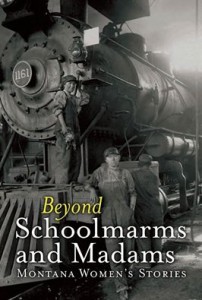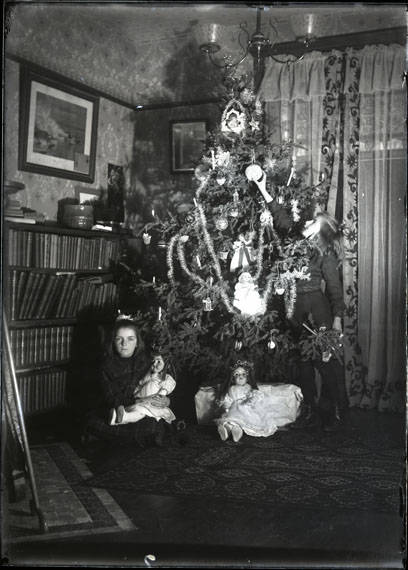Created in 2014 as part of a commemoration of the hundredth anniversary of women’s suffrage in Montana, Women’s History Matters is designed to help the Montana Historical Society promote an increased appreciation and understanding of the role of women in the Treasure State’s past. The site is no longer being updated, but there is still a wealth of information here for people interested in learning more about Montana, women’s history, and the intersection of the two.
Scroll down for blog posts that feature a wide range of Montana women’s stories and topics, from women bootleggers and the Women’s Christian Temperance Union to early Virginia City business woman Sarah Bickford and twentieth-century Blackfeet banker Elouise Cobell.
And explore other parts of this website to find
- Bibliographies of manuscript collections, oral histories, government documents, pamphlets, magazine articles, videos and dvds, and published material.
- Over 130 articles published in Montana The Magazine of Western History to download and read.
- Information on oral histories, including what’s been collected and how to conduct your own.
- Educator resources, including lesson plans.
- Information on selected historic places–from homesteads to hospitals–associated with Montana women’s history.
- Resources specifically related to the suffrage campaign, including links to newspaper articles published in the Montana press debating the issue in 1914.
- And more!
 The main page of this website features over 100 articles on Montana women, from activists and artists to pilots and politicians. The majority of these essays have now been pulled together into a 336-page book, Beyond Schoolmarms and Madams: Montana Women’s Stories, published by the Montana Historical Society Press in April 2016.
The main page of this website features over 100 articles on Montana women, from activists and artists to pilots and politicians. The majority of these essays have now been pulled together into a 336-page book, Beyond Schoolmarms and Madams: Montana Women’s Stories, published by the Montana Historical Society Press in April 2016.

